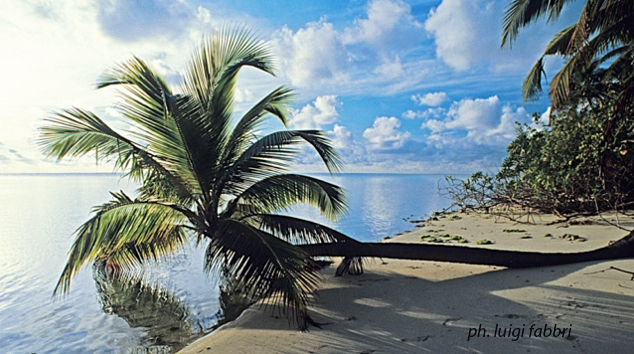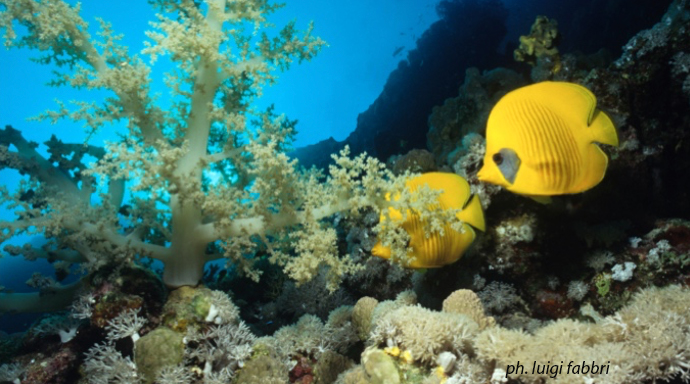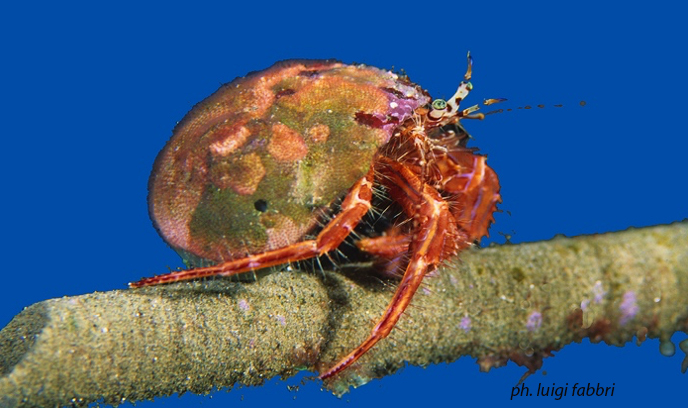Six years ago, the technician who was setting up the site structure looked at me puzzles when I asked him to make it capable of containing at least 1,000 technical data sheets and a few thousand images, as well as texts, tables, other. Numbers that seemed difficult to reach; however, results published in the News menu last December show that this first goal is practically reached, and it is destined to be greatly surpassed. All this, while continuing to remain within the time frame of historical diving, i.e., of what happened and produced up to 1980, with only a few excursions in the "vintage" one which includes everything that is at least 25 years old.

It was quite easy to arrive until here, or it would have been even better without the unthinkable problems created by the lack of competence and professionalism of some of the technicians who succeeded in the creation and development of the web structure I wanted.
Luckily, since the beginning I learned (with efforts) to be an “editor”, that is to introduce in my website all its monthly contents, otherwise I would have been obliged to give up. Contents that, at the early stage, were only about my collection, my historic archive but that now represent about 40%, having achieved what was desired in the Presentation page of the home menu:
"The <blutimescubahistory.com> website doesn’t want to be a simple historic collection and
document showcase of the founder; on the contrary, it proposes as “open”
web space or all those wish to give their contributionto the dissemination
of knowledge related to diving, from its origins to the modern era".
Many people gave and currently give their contributions, less or more engaged collectors, simple amateurs, those who had things in their basement left from parents, relatives or used many years ago. Sometimes, it was only one single piece, as in the case of the rare and precious Fortuna depth gauge; sometimes, it came out to be fundamental either for the number of items now present in the technical sheets, and for the articles, catalogues, drawings and technical schemes, historic data. I would like to point out that the technical sheets are and will always be assigned under the name of the first person who sent them, also if, during the time, they are enriched with a new picture or information. A source different from the original one is never changed nor mentioned, so much that, in my personal collection, there are dozens of items that do not appear in my website as they are already present under the name of other people.
The short profile of those who concur to keep my website alive (not all because some people prefer discretion) is brough in the section Contributions. I take the occasion to thank sincerely each one of them; thank to them, my website continues to grow and become more and more known in the world, from the United States to Australia and to all European countries. I would like to tell you more about each one of them, but it is impossible; here I would like to spend few words for those who have given their support right from the start, for those who have contributed most to my website, hoping that their contribution will continue uninterrupted over time. Let’s see who they are and what their collections contain.

VIRGINIO MASERA of Turin unfortunately is not here anymore; I knew him since several years; his collection is the largest private one of diving gear of all ages. Regulators, diving camera cases, spearguns, books and magazines, masks and fins, air and oxygen regulators, instruments, accessories, all properly ranged in shelves of 5 rooms in a surface of about 300 m2. Now is all stopped; let’s hope that such an historical asset does not disappear.
Hds Italy museum called MAS was a conspicuous initial source where to draw, although its spaces are too small to accommodate all the ancient evidence of sport diving that they could, now forced between those of the era of surface-supplied divers and of the military sector.
A passionate and spontaneous collection is the LUIGI ZAGATI’s one, who filled the attic of his Alghero home displaying more than 400 historic and vintage pieces of each sector of autonomous diving, among them some rare and probably unique items such as the Cirio patent Tigullio Abyssal Super regulator of second generation.
Also in Sardinia, in Sassari there is the VITTORIO CARTA MANTIGLIA collection, a big expert of diving spearguns for which he is a serious passionate. He owns more than 130 spearguns of all ages, among them some precious and rare pieces such as two pre and first series of Alcedo Hydra, or the Salvas SuperTrident in stainless steel. Most of these spearguns are displayed in panels in his garage, together with other 120 pieces of diving historic parts, inevitably destined to increase.
ALFONSO GANGEMI leaves in Lodi, also known for his Hde brand; his specialty are one-hose regulators of which he is a true specialist. He collected 500 units of all ages, from the beginning to the first years 2000 and, for lack of space, he preserves them closed in transparent boxes. He also has several pieces of gear which surpass 1.000 units, for the majority presented in his website <www.historicaldivingequipment>.
In Gubbio, Umbria region MAURIZIO BALDINUCCI lives, main source of my website where more than 100 pieces of its collection are present, tens of catalogues of manufacturers, a dozen of articles. He has an exclusive collection of two-hose regulators: 110 pieces rigorously of historical period, exhibited in showcases in the headquarters of the diving school that he directs. Some of them are rare, sometimes reconditioned with meticulous care, sourcing the broken or missing parts from international collectors. 70 single-hose are added to the two-hose regulators, also showcasing them together with instruments and other items for a total of 300 pieces, surveilled by 10 mannequins equipped with historic oxygen rebreathers.
LORENZO CERVELLIN is the owner of a large shop in Marghera (Venice) who, since a couple of years, left the recreational trading diving activity to dedicate exclusively to the professional one. One day, he allowed me to search among all gear collected during the time and to take pictures of the most interesting ones, especially those missing in my website. They are not many, but now, among the technical sheets, there are 25 items that I would hardly have found anywhere else.
Last but not least, MASSIMILIANO PERUGIA of Ravenna, a big passionate of diving gear accumulated in countless mysterious closed boxes. Occasionally, he opens some of them, keeping some parts and exchanging others with something he misses, above all attracted from surface-supplied diving helmets. Until now, his website contribution is quantified in 20 parts, but he is an endless source who will surely reserve many surprises in the future.

If these are my main collaborators regarding equipment, equally important are the sources from which news, stories, rarely known things come.
DAVID WILSON is a known English historian; profound connoisseur of the basic equipment produced all over the world and their stories, from fins to the incredible dry suits of the past. Until now, I published 30 articles in my website, together with the interesting text about Pulvenis brothers, wishing that it will be soon followed by similar ones.
MELVEN (MEL) BROWN, Australian historian full of honors takes us on a journey from the initial stages of diving on that continent, of which we know little, to often strange equipment such as the first spearguns of Undersee, or the Ming speargun mentioned in the article dedicated to its Frank Cunliffe inventor.
FRANCO MARTINI of Genoa is the most known Italian diving historian, above all of its initial phases in Liguria where the first manufacturers were born. He wrote books and organized exhibitions on these subjects; he is always available to search for the origins of any type of gear for which we happen to have the name, drawing or an unknown piece.
ANDREA CAMPEDELLI of Verona is an experienced diver; he is not a collector nor an historian. For passion, he filed in his computer anything related to international diving. Now, from this huge mass of data that he is carefully organizing, stories, people, never seen gear come out, all kept punctually available for this website.
KEVIN SMITH leaves in Canada, where he makes YouTube videos for "Alec Peirce Scuba". For "Vintage Scuba" channel he needed to find old references and images, and for this reason, he collected a large quantity of historic catalogues of diving companies. Since few months, he is so kind to transfer me those that are not present in my website.
Again, thank you all.
____________